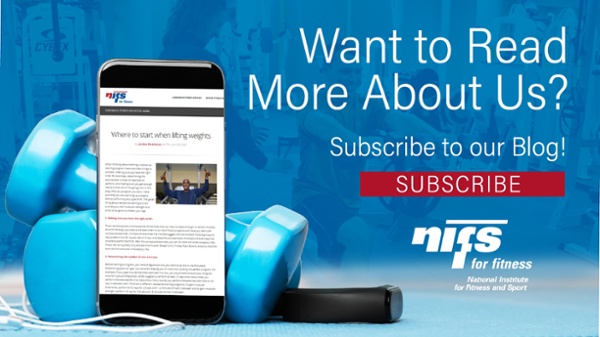.jpg?width=457&name=Group%20x%20dancing%20to%20music%20GettyImages-897892972%20(1).jpg) Pop in those earbuds and get moving. Exercise and music go hand-in-hand for many gym-goers. Listening to music is a great way to make your work out more enjoyable. There’s nothing like cranking up an upbeat, energetic, song that adds a little pep to your step. An excellent motivator, music helps you to keep up with the pace of your workout, and inspiring lyrics keep you moving. Those specific beats and lyrics can encourage you work harder and push you to complete your workout. Keeping up with the beat provided by music can prevent you from slacking and help you power through to reach your goals.
Pop in those earbuds and get moving. Exercise and music go hand-in-hand for many gym-goers. Listening to music is a great way to make your work out more enjoyable. There’s nothing like cranking up an upbeat, energetic, song that adds a little pep to your step. An excellent motivator, music helps you to keep up with the pace of your workout, and inspiring lyrics keep you moving. Those specific beats and lyrics can encourage you work harder and push you to complete your workout. Keeping up with the beat provided by music can prevent you from slacking and help you power through to reach your goals.
Music can also be a good kind of distraction. It can help distract you from the so called “pain” or “burn” of the workout. The music can help to take your mind off the exercise that is being performed and might even challenge you to complete just “one more” repetition or finish that last mile! Those catchy tunes can make working out more bearable rather than it being quiet and listening to yourself breathe. Listening to music allows you focus more on your workout and definitely makes it a little more fun!
Have you ever had a song come on and instantly you feel your mood improve? Music can elevate your mood and get you excited about working out too. It can give you that extra boost to make you more energetic and it might even get you “in the zone.” Music can drown out external distractions so you can concentrate on the exercise. It also might push you to keep moving until the end of the song. Music can put you in a positive mindset providing motivation and making your workout more enjoyable.
Select songs with that perfect beat. Put together a playlist that will keep your muscles pumping and your body moving or check out some of the latest music apps specifically made to jazz up your workout. Or, skip the playlist and check out this list of 5 music apps that you can install for some motivating tunes. Just like your workout, remember to periodically change your playlist. This can make your workout be more challenging and less predictable. The more enjoyable your music is the easier your workout might just be. So, crank up that music (just not too loud) and start moving to the beat of your favorite tunes!


 The most important part about fitness is starting an exercise plan to begin your journey. Making a fitness journal/plan is a way of keeping track of your goals and records. You can also use a fitness journal to keep track of your diet and what meals will need prepared. Fitness does not just come in the gym, but most importantly, fitness is started in your plan. Using the simple steps that follow will lead you on the path to success.
The most important part about fitness is starting an exercise plan to begin your journey. Making a fitness journal/plan is a way of keeping track of your goals and records. You can also use a fitness journal to keep track of your diet and what meals will need prepared. Fitness does not just come in the gym, but most importantly, fitness is started in your plan. Using the simple steps that follow will lead you on the path to success.
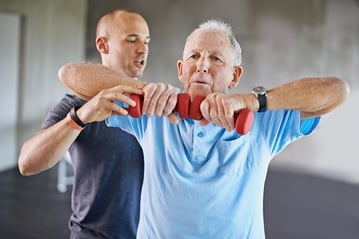 Many seniors fear cognitive decline more than any other disease associated with aging. The good news is that engaging in activities that support brain health and brain function can reduce seniors’ risk for cognitive decline and dementia. In fact, training your brain is kind of like training your body with regular exercise, and it can really complement your fitness programs with proper planning. Not sure where to start? Here are five steps to create a focus on brain training in your senior living community.
Many seniors fear cognitive decline more than any other disease associated with aging. The good news is that engaging in activities that support brain health and brain function can reduce seniors’ risk for cognitive decline and dementia. In fact, training your brain is kind of like training your body with regular exercise, and it can really complement your fitness programs with proper planning. Not sure where to start? Here are five steps to create a focus on brain training in your senior living community.
 Don’t let your corporate wellness program be the last thing you consider for next year. If you leave it on the back burner, your big ideas could be unsuccessful if not thoroughly planned. Start now, pull your team together, get out for a walking meeting and start forward thinking.
Don’t let your corporate wellness program be the last thing you consider for next year. If you leave it on the back burner, your big ideas could be unsuccessful if not thoroughly planned. Start now, pull your team together, get out for a walking meeting and start forward thinking.


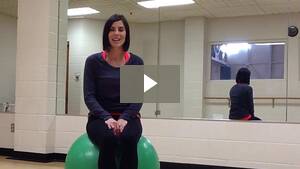

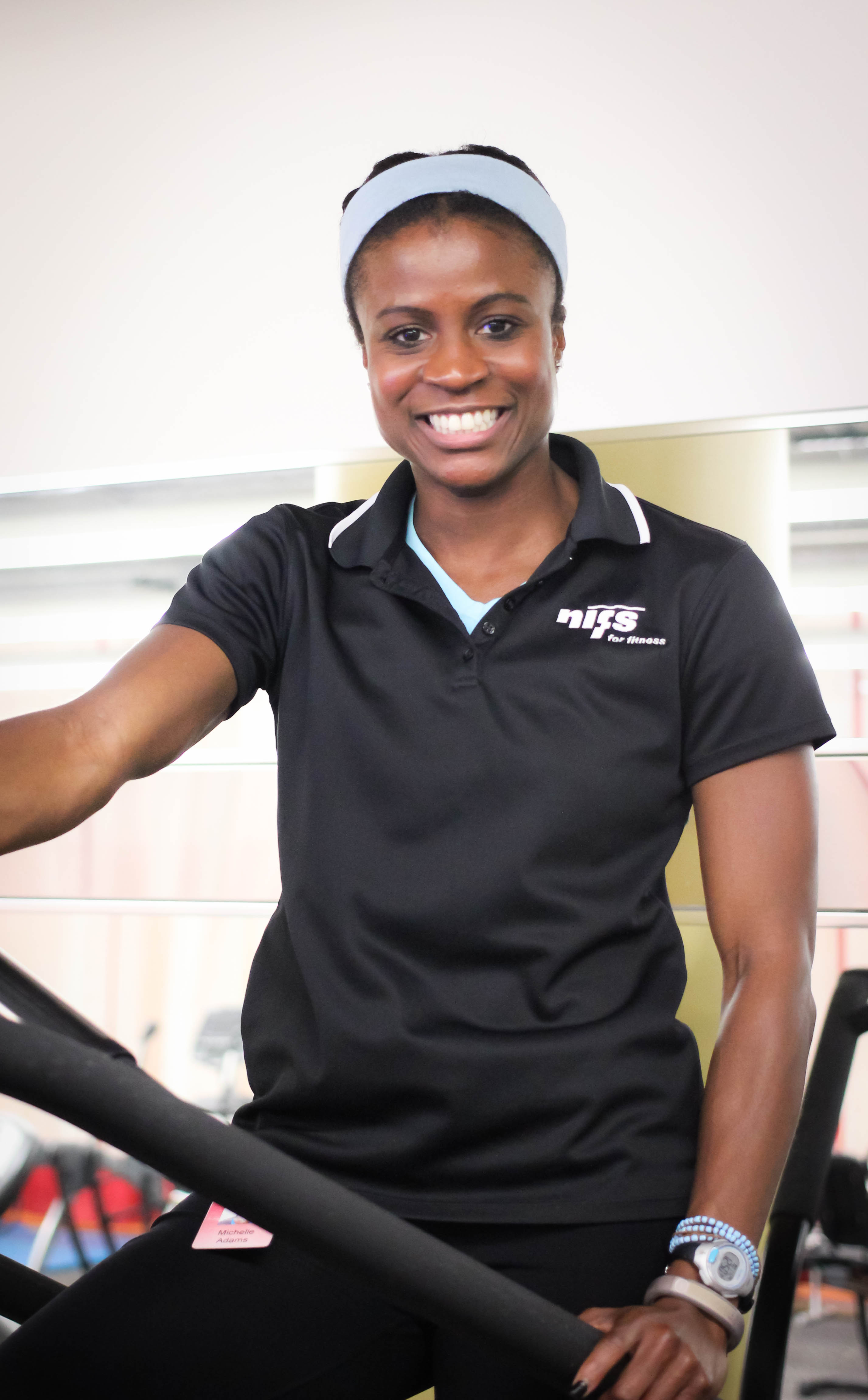 Michelle Adams is a corporate fitness manager in Indianapolis. She began working for
Michelle Adams is a corporate fitness manager in Indianapolis. She began working for 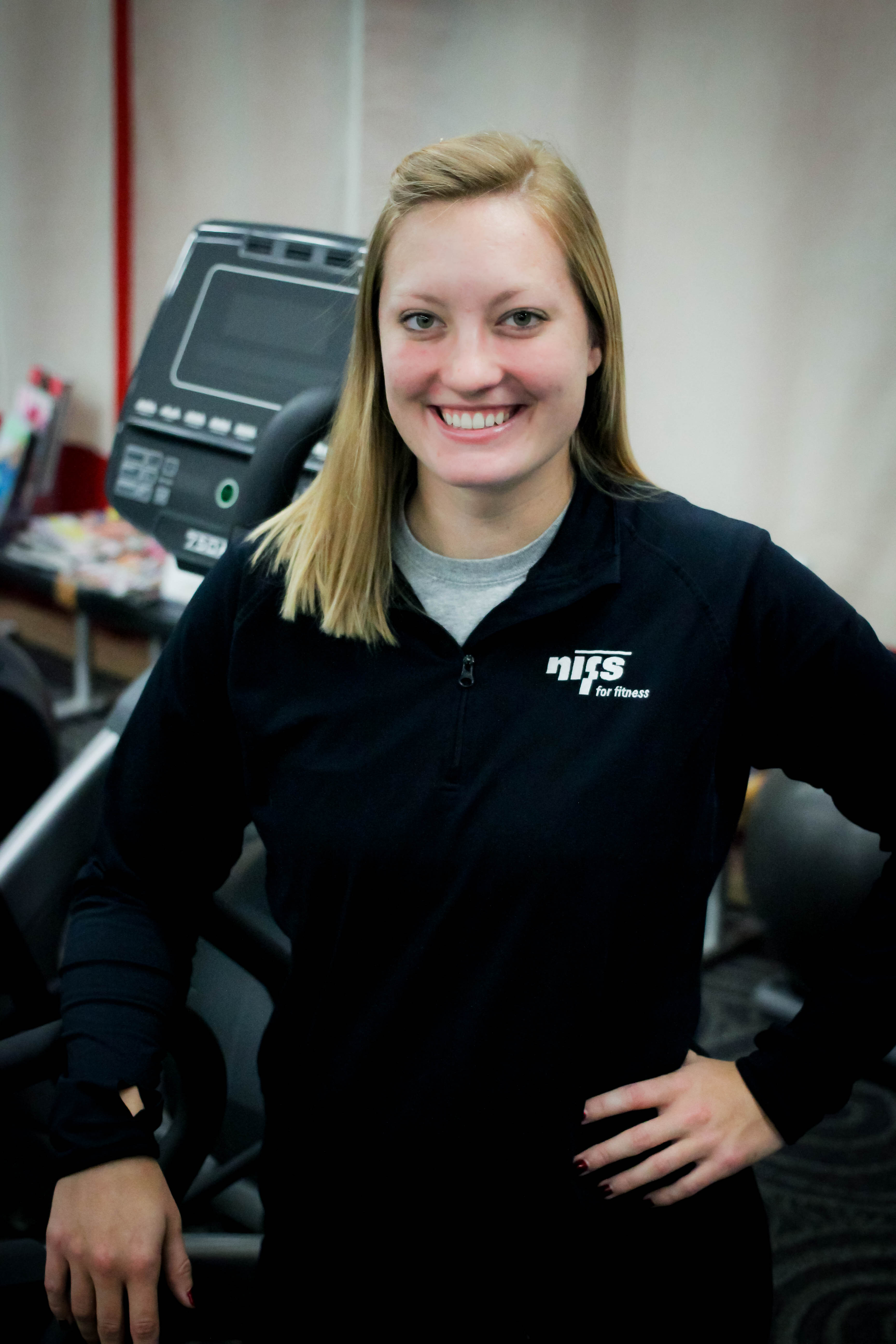 location in Indianapolis. She began with NIFS fitness management shortly after completing her internship with NIFS, Stephanie loves the variety that comes with the corporate fitness setting. She is able to teach classes, personal train employees, and implement health promotion programs. Her favorite part of the job is making those special connections with members to help engage them and keep them coming back. Stephanie is currently certified through the
location in Indianapolis. She began with NIFS fitness management shortly after completing her internship with NIFS, Stephanie loves the variety that comes with the corporate fitness setting. She is able to teach classes, personal train employees, and implement health promotion programs. Her favorite part of the job is making those special connections with members to help engage them and keep them coming back. Stephanie is currently certified through the 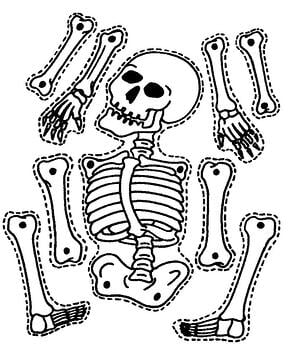 You want to see your corporate fitness center investment being used by your employees and you depend on your fitness center management team to do so. What if I said one of our managers did exactly that with a simple, fun (and yes, silly) program. Check out this data:
You want to see your corporate fitness center investment being used by your employees and you depend on your fitness center management team to do so. What if I said one of our managers did exactly that with a simple, fun (and yes, silly) program. Check out this data: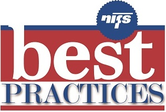
 You have established an employee wellness program for your employees, maybe you even have an onsite fitness center available free of cost to your workforce. What you’re finding is that after a long shift of being on their feet, and a couple hours of over-time your workforce is exhausted. It’s hot, some of their work areas do not have air conditioning and they feel they have sweat enough and now you want them to exercise? They already feel like you control their lives, they are work 6 days a week and they don’t want to be required to do more. They are ready to get home, spend some time with their families before waking up to do it all over again. As the employer you are left feeling like your investment isn’t being utilized by employees. It can be frustrating, it's free to them, you have provided top notch equipment, what else could they want? Consider what has been implemented and survey your employees and find out what barriers keep them from utilizing your onsite corporate fitness center or participating in wellness offerings.
You have established an employee wellness program for your employees, maybe you even have an onsite fitness center available free of cost to your workforce. What you’re finding is that after a long shift of being on their feet, and a couple hours of over-time your workforce is exhausted. It’s hot, some of their work areas do not have air conditioning and they feel they have sweat enough and now you want them to exercise? They already feel like you control their lives, they are work 6 days a week and they don’t want to be required to do more. They are ready to get home, spend some time with their families before waking up to do it all over again. As the employer you are left feeling like your investment isn’t being utilized by employees. It can be frustrating, it's free to them, you have provided top notch equipment, what else could they want? Consider what has been implemented and survey your employees and find out what barriers keep them from utilizing your onsite corporate fitness center or participating in wellness offerings.
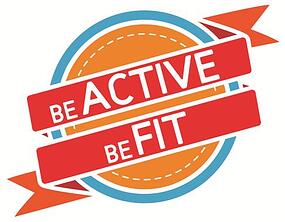 Our staff has found that getting employees moving can be difficult. It is very often that our members speak of a variety of barriers that prevent them from exercising. We have all experienced hectic schedules that interfere such as work meetings and events, overtime, family events such as a child’s activities. It’s our job to help our members find ways to fit it in to their schedule, make time for themselves to live a healthier lifestyle. Be Active Be Fit is a program that was developed to encourage participants to strive for 150 minutes of physical activity a week for 8 weeks. Participants are encouraged to count any time they are doing physical activity no matter what the activity. Whether you prefer to bike or run, maybe you walk or swim, right down to mowing the yard and cleaning the house with reasonable effort can count.
Our staff has found that getting employees moving can be difficult. It is very often that our members speak of a variety of barriers that prevent them from exercising. We have all experienced hectic schedules that interfere such as work meetings and events, overtime, family events such as a child’s activities. It’s our job to help our members find ways to fit it in to their schedule, make time for themselves to live a healthier lifestyle. Be Active Be Fit is a program that was developed to encourage participants to strive for 150 minutes of physical activity a week for 8 weeks. Participants are encouraged to count any time they are doing physical activity no matter what the activity. Whether you prefer to bike or run, maybe you walk or swim, right down to mowing the yard and cleaning the house with reasonable effort can count. 